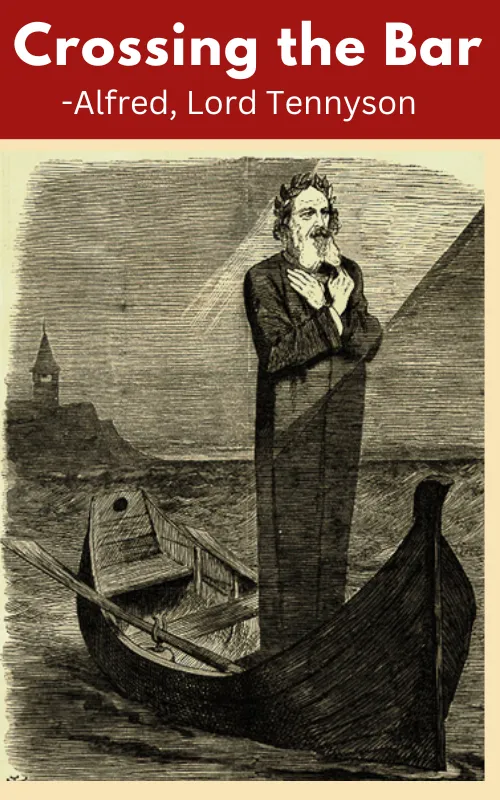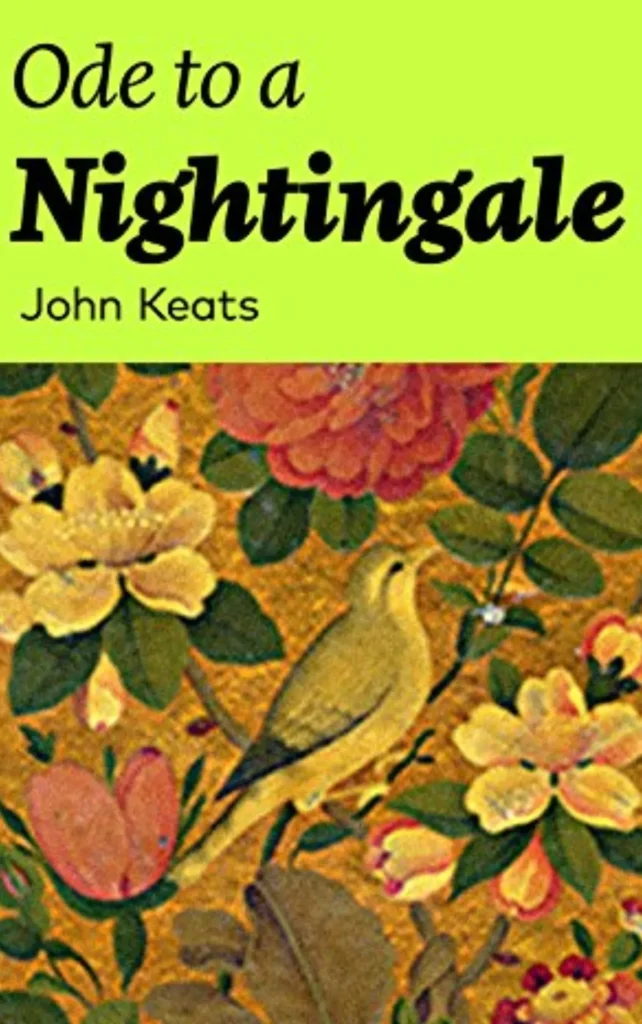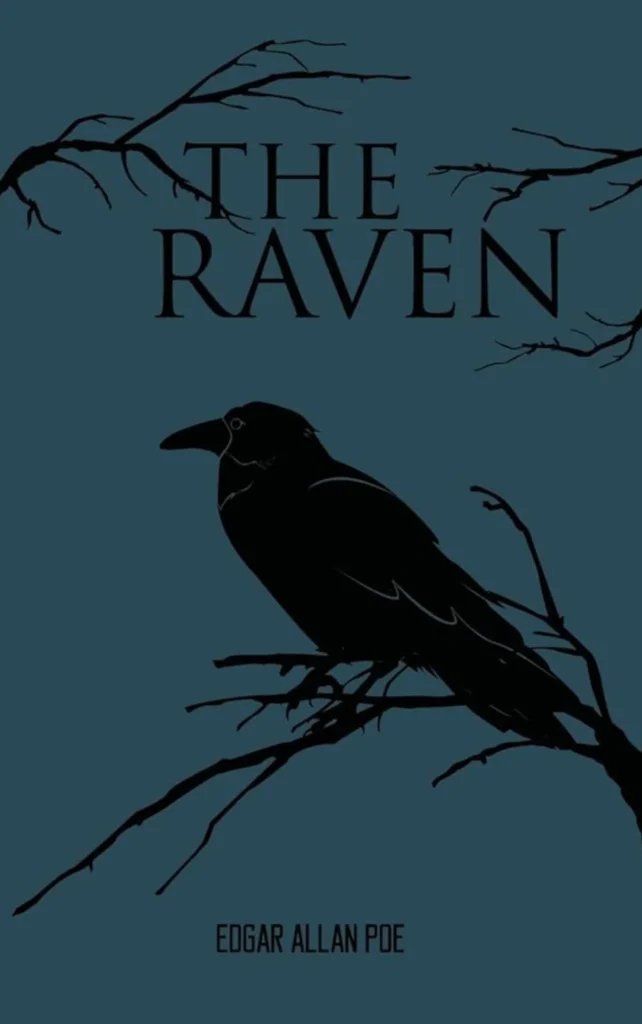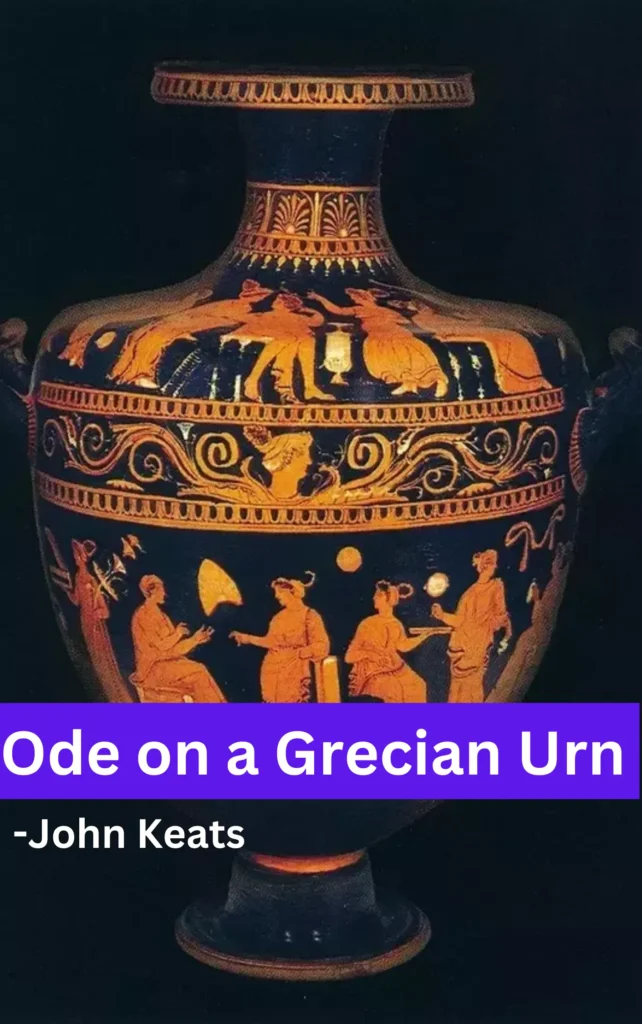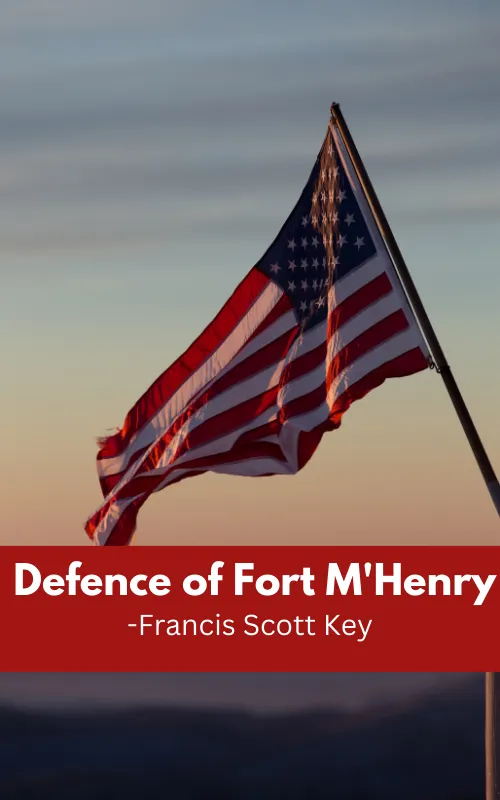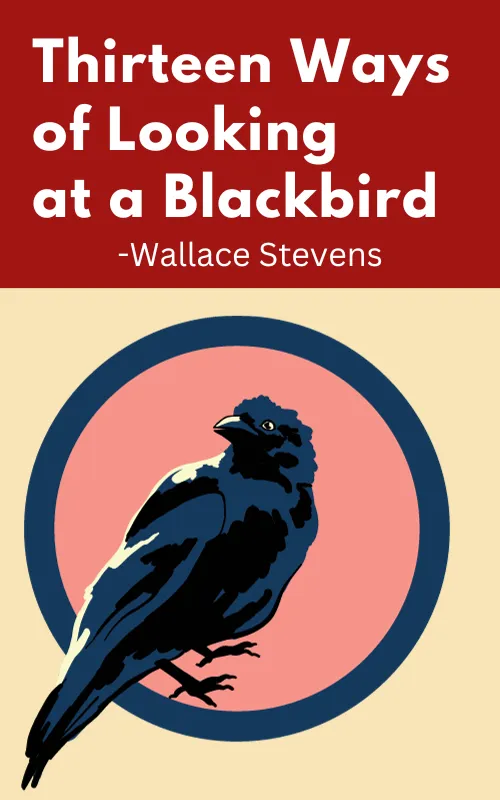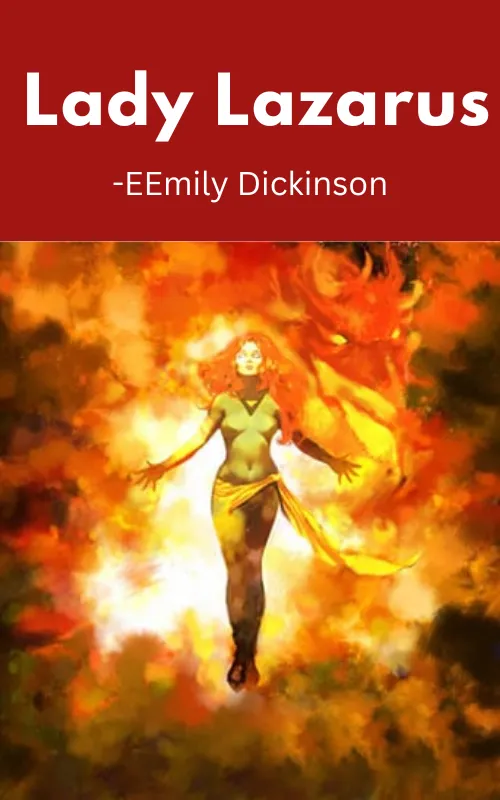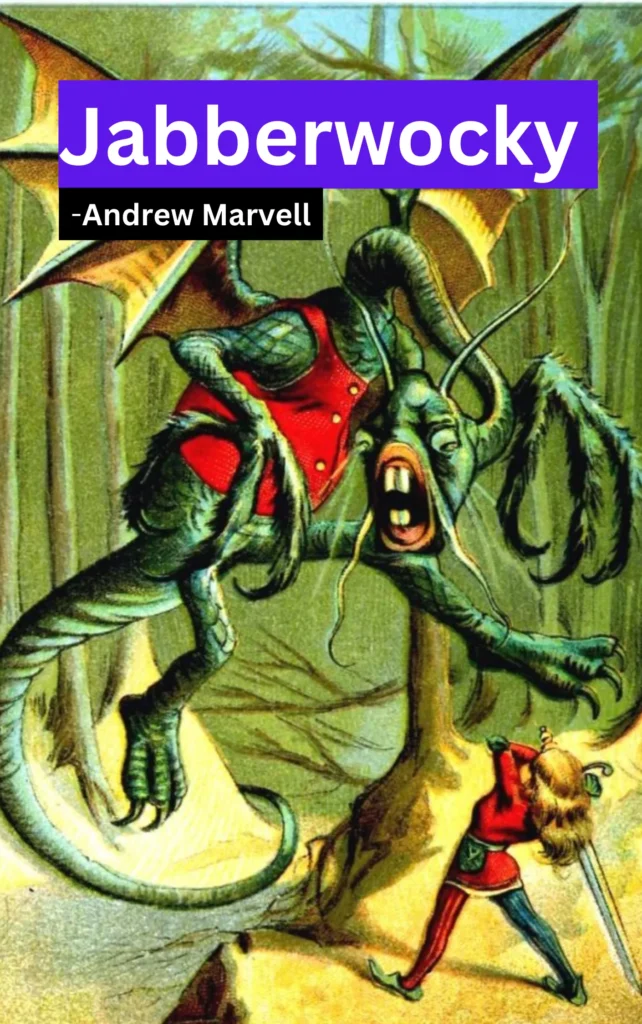About the Poem “Crossing the Bar“
| Poem Title | Crossing the Bar |
| Author | Alfred, Lord Tennyson |
| Publication Year | 1889 |
| Meter | Iambic tetrameter |
| Genre | Elegy, lyrical poem |
| Themes | Death, acceptance, faith, the afterlife |
| Symbols | Sunset, evening star, twilight, evening bell, bar, tide, pilot |
| Literary devices | Metaphor, simile, personification, alliteration |
| Structure | Four quatrains in ABAB rhyme scheme |
Themes of Crossing the Bar
The themes of “Crossing the Bar” by Alfred, Lord Tennyson are:
- Death ➤ The poem is about the speaker’s journey into the afterlife.
- Acceptance ➤ The speaker accepts death calmly and without fear.
- Faith ➤ The speaker has faith that they will be guided to the afterlife by God.
- Hope ➤ The speaker is hopeful about the afterlife.
“Crossing the Bar” Poem by Alfred Tennyson
Sunset and evening star,
And one clear call for me!
And may there be no moaning of the bar,
When I put out to sea,
But such a tide as moving seems asleep,
Too full for sound and foam,
When that which drew from out the boundless deep
Turns again home.
Twilight and evening bell,
And after that the dark!
And may there be no sadness of farewell,
When I embark;
For tho’ from out our bourne of Time and Place
The flood may bear me far,
I hope to see my Pilot face to face
When I have crost the bar.
Crossing the Bar Summary & Analysis
Stanza 1
Sunset and evening star,
And one clear call for me!
And may there be no moaning of the bar,
When I put out to sea,
The poem begins with the speaker describing the setting sun and the evening star. They then hear a “clear call” for them, which they interpret as a sign that it is time for them to die. The speaker asks that there be no mourning when they die, and that their journey into the afterlife be smooth and peaceful.
Stanza 2
But such a tide as moving seems asleep,
Too full for sound and foam,
When that which drew from out the boundless deep
Turns again home.
In the second stanza, the speaker compares their journey into the afterlife to a tide that is moving so slowly that it seems to be asleep. The speaker suggests that their journey will be peaceful and without any pain or suffering.
Stanza 3
Twilight and evening bell,
And after that the dark!
And may there be no sadness of farewell,
When I embark;
In the third stanza, the speaker describes the twilight and the evening bell, which are symbols of the end of the day. The speaker then asks that there be no sadness when they die, and that their loved ones not mourn for them.
Stanza 4
For tho’ from out our bourne of Time and Place
The flood may bear me far,
I hope to see my Pilot face to face
When I have crost the bar.
In the final stanza, the speaker expresses their hope that they will be guided to the afterlife by God. The speaker uses the metaphor of a “pilot” to represent God, and the “bar” to represent death. The speaker suggests that they are not afraid of death, as they know that God will be with them on their journey.
FAQs from Crossing the Bar
What does crossing the bar mean?
“Crossing the bar” in poem means dying.
What is the main point of crossing the bar?
The main point of “Crossing the Bar” is the speaker’s peaceful death and their hope for the afterlife.
What is the religion in crossing the bar?
The religion in Crossing the Bar is Christianity. This is evident in the speaker’s use of the metaphor of a “pilot” to represent God, and the “bar” to represent death.
What does moaning mean in crossing the bar?
The moaning in Crossing the Bar refers to the sound of waves crashing against a sandbar, which is a metaphor for the barrier between life and death.
What does the ship symbolize in crossing the bar?
The ship symbolizes the speaker’s soul on its journey into the afterlife.
What does evening star symbolize in crossing the bar?
The evening star symbolizes hope for the afterlife.
What are the symbols in the poem Crossing the Bar?
Symbols in the poem Crossing the Bar:
Sunset and evening star: End of life, journey into the afterlife
Bar: Death
Tide: The passage of time, the journey of life
Pilot: God
How does the poet visualize the scene of his death is he afraid of death?
The poet visualizes the scene of his death as a peaceful journey into the afterlife, guided by God. He is not afraid of death, but rather sees it as a transition to a better place.
Why is death personified throughout the poem?
Death is personified throughout the poem to make it more relatable and understandable, and to convey the speaker’s acceptance of death.
What does he imagine her to be after her death?
He imagines her to be at peace in the afterlife.
What does the poet mean by no life heard?
The phrase “no life heard” means that the speaker is asking for a quiet and peaceful death. The speaker wants to die without any pain or suffering, and without disturbing those around them.

